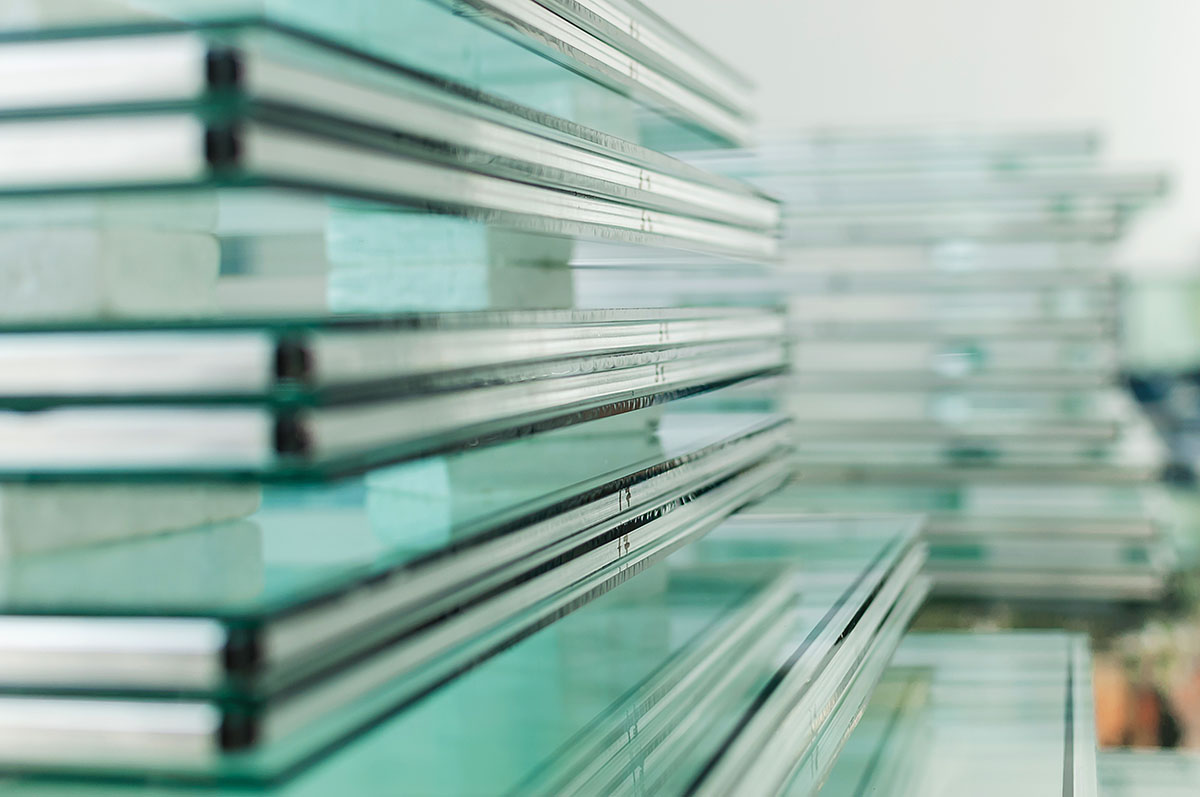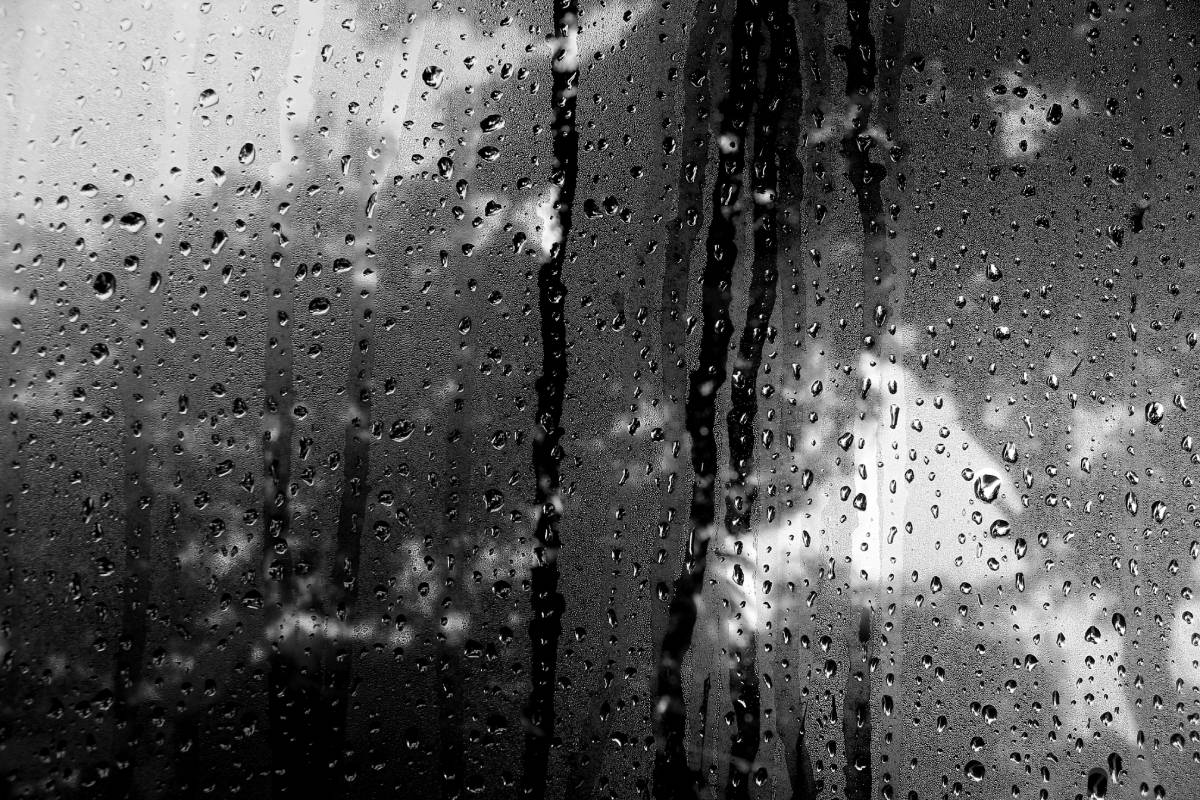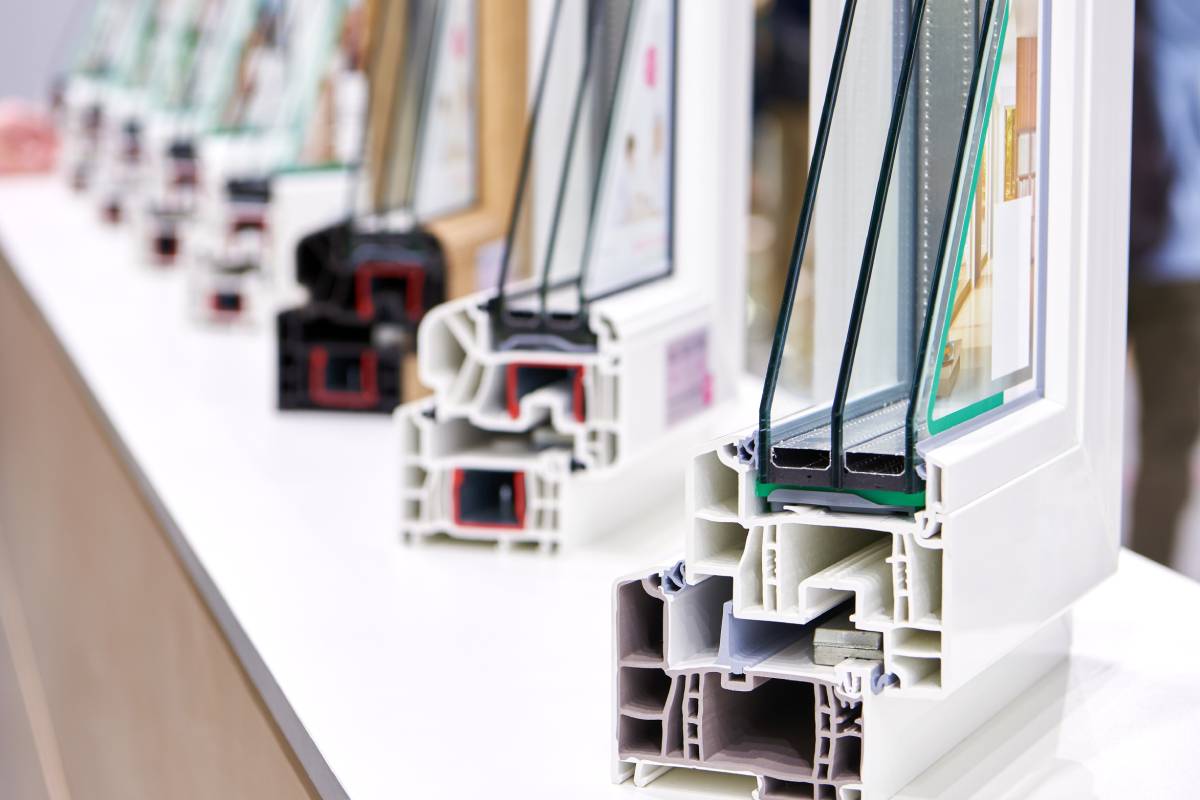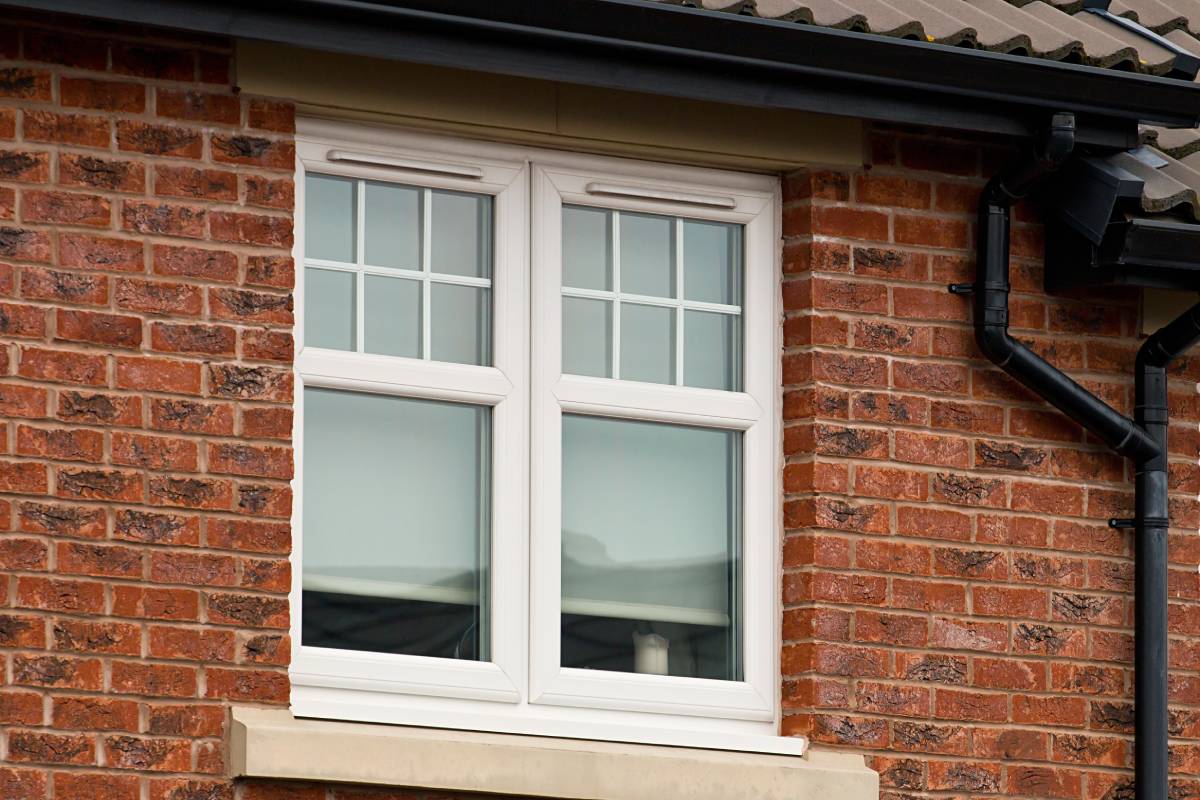If you've recently had new double or triple glazing installed, you're probably already enjoying the…
What are the different types of glazing?

So, you want to upgrade your windows or doors for better insulation, enhanced security, and a nicer aesthetic? Wise choice. But have you thought about the type of glazing you’ll choose?
Before you limit yourself to single, double, or triple glazing, it is important to understand that there are several different window and door options beyond these standard choices.
In fact, there are numerous types of glazing available to buy today, all with their own distinctive properties. Here’s a rundown of the main ones.
Annealed glass
Annealed glass is commonplace in several homes and businesses due in large part to its tough construction and affordable price point.
During the manufacturing process, annealed glass is slowly cooled and left to rest. At this temperature, it’s too hard to manipulate yet soft enough for stress points to melt away. As a result, the glass becomes resistant to shattering and mechanical shock during installation.
Tempered glass
Although similar to annealed glass, tempered glass goes through another stage of heating for additional strength. What’s more, tempered glass shatters into tiny pieces when it breaks, as opposed to the large jagged fragments of annealed glass.
Because of this reduced risk of injury, tempered glass is often used in table tops and flooring. It also enjoys many commercial applications, such as public facilities like bus stops.
Low-emissivity glass
The main property of low-emissivity glass (or low-e glass) is that it reflects more heat than ordinary glass thanks to a thin coating of metal, which bounces the sun’s rays back. Therefore, its perfect if you want to better control the interior temperature of your property.
There are two types of low-e glass available; passive and solar control. Passive is designed to keep heat in during winter, while solar-control keeps heat out during summer. Double-glazed low-e windows perform both functions.
Frosted glass
Frosted or misted glass brings about more privacy, greater security, and an elegant look. This is because it features tiny bumps that diffuse light rays and obscure objects behind the glass. However, frosted glass still allows for an abundance of natural yet softer light.
The effect of misted glass can be created by blasting each pane with high-velocity grit during the manufacturing process, or in-situ by spraying a special substance directly onto the window.
Self-cleaning glass
Sounds like a dream scenario, but self-cleaning glass is now a reality because of a substance known as titanium dioxide. When placed on windows, it responds to UV rays by transforming water molecules into hydroxl radicals, which feature the ability to disintegrate organic matter.
In layman’s terms, it uses sunlight to break down dirt and grime, which is then washed away by rainwater. Sounds like cutting-edge science, but the technology has been around for a while and is used for white paint, food colouring, and even suntan lotion.
Fire-protection and noise-control glass
Both fire-protection and noise-control glass share the same properties as double-glazing. But to afford their respective benefits, they feature additional materials between the windowpanes.
Fire-protection glass works by weaving a layer of special, hard resin between the panels, increasing its breaking point to more than 800°C. Noise-control glass is made possible with a layer of acoustic-dampening plastic, which absorbs sound waves and prevents vibrations.



